Tag: Manassas Gap Railroad (MG)
Wikipedia says: The Manassas Gap Railroad (MGRR) ran from Mount Jackson, Virginia, to the Orange and Alexandria Railroad’s Manassas Junction, which later became the city of Manassas, Virginia. Chartered by the Virginia General Assembly in 1850, the MGRR was a 4 ft 8 in (1,422 mm) narrow gauge line whose 90 completed miles of track included 38 miles (61 km) of 60 pounds-per-yard T-rail and 52 miles (84 km) of 52 pounds-per-yard T-rail. A total of nine locomotives and 232 cars were operated on the line, serving 20 stations.
During the American Civil War, the Confederate Army used the railroad to move troops and raid the Baltimore and Ohio Railroad.
Founding and early history
With Edward Carrington Marshall as president and financial assistance from the Virginia Board of Public Works, construction was started westward in 1851 from a junction with the Orange and Alexandria Railroad (O&A) at Tudor Hall in Prince William County (a location the railroads called Manassas Junction). The tracks ran toward Front Royal and through Manassas Gap in the Blue Ridge Mountains to the Shenandoah Valley. It was completed to Strasburg in 1854. The railroad built south along the Shenandoah Valley, and reached Mount Jackson in Shenandoah County in 1859.
The original plan included a branch through Loudoun County to connect to Harpers Ferry and the Baltimore and Ohio Railroad. Financial troubles and the American Civil War scuttled those plans. Similarly, efforts began in 1854 on the “Independent Line,” 35 miles of track from Alexandria to Gainesville intended to bypass the O&A. The way was graded but never completed because of financial difficulties and the Civil War. (The line was never completed, thanks to an 1867 merger with the O&A that rendered it redundant.)
American Civil War
The beginning of the American Civil War ended construction, and conflicts during the war destroyed much of the railroad.
1861
The Manassas Gap Railroad was used during the Great Train Raid of 1861, in which Colonel Thomas J. “Stonewall” Jackson of the Virginia militia raided the Baltimore and Ohio Railroad and removed, captured or burned 67 locomotives and 386 railway cars, and taking 19 of those locomotives and at least 80 railroad cars onto Confederate railroads. After initially trapping this rolling stock on the Virginia-controlled portion of the Baltimore & Ohio, Jackson immediately “helped himself to four small locomotives not too heavy for the flimsy flat-bar rails of the Winchester and Potomac Railroad, and had them sent to Winchester” where they were disassembled near Fort Collier, mounted onto special dollies and wagons, and hauled by 40-horse teams “down the Valley turnpike to the [Manassas Gap] railroad at Strasburg”. Eventually almost all of the B&O locomotives and most of the railroad cars were taken to the Manassas Gap Railroad.
During the summer of 1861, the Manassas Gap Railroad became the first railroad in American history to move troops to a major battle. Brigadier General Stonewall Jackson’s brigade marched from Winchester, Virginia, through Ashby Gap and boarded trains at the Piedmont Station at Delaplane, Virginia. From there they were transported to the O&A’s Manassas Junction and debarked to join the fight at the First Battle of Manassas.
A Confederate hospital was built at Mt. Jackson, the end of the southern spur of the Manassas Gap Railroad, to tend to the wounded from Northern Virginia battlefields who were transported in the early part of the war by rail to the hospital. The hospital could accommodate 500 patients and was run by Dr. Andrew Russell Meem, a native of Mt. Jackson. Across from the hospital, directly in front of the railroad tracks, a Confederate cemetery was established.
1862
In the opening months of 1862 most of the Baltimore & Ohio rolling stock and rail ties that had been captured and stored in Winchester, with the help of W&P Railroaders, were evacuated and used in various other Confederate railroads, such as the Centreville Military Railroad.
Both the western portion of the Manassas Gap Railroad and the Winchester and Potomac Railroad were under Union control by the spring, and were going to be used to support Union operations in that area as part of a plan developed by Major General George B. McClellan. McClellan’s plan was to connect the Manassas Gap Railroad and the W&P Railroad with a line between Winchester and Strasburg, creating a “complete circle of rails” from the Union capital at Washington, D.C., to the Shenandoah Valley by either the B&O or O&A.
On May 23, 1862, Colonel Turner Ashby and the 7th Virginia Cavalry, during the Valley Campaign of 1862, tore up rails in the direction of Strasburg, while Colonel Thomas T. Munford’s 2nd Virginia Cavalry “wrecked track and bridges as far east as Thoroughfare Gap”.
1864
The Battle of Tom’s Brook on October 9, 1864 was fought in significant part directly upon the line of the Manassas Gap Railroad. The battle, part of Sheridan’s 1864 Valley Campaign, was a decisive cavalry engagement, after which the Union finally achieved cavalry supremacy in the Shenandoah Valley.
Stations on the Manassas Gap Railroad (MGRR)
Manassas Junction – 0 miles (0 km)
Gainesville, Virginia – 8 miles (13 km)
Thoroughfare, Virginia – 14 miles (23 km)
Broad Run, Virginia – 17 miles (27 km)
The Plains, Virginia – 20 miles (32 km)
Rectortown, Virginia – 30 miles (48 km)
Piedmont, Virginia – 34 miles (55 km)
Markham, Virginia – 38 miles (61 km)
Linden, Virginia – 43 miles (69 km)
Happy Creek, Virginia – ? miles
Front Royal, Virginia – 51 miles (82 km)
Riverton, Virginia – ? miles
Buckton, Virginia – 56 miles (90 km)
Waterlick, Virginia – ? miles
Strasburg, Virginia – 61 miles (98 km)
Toms Brook, Virginia – 68 miles (109 km)
Woodstock, Virginia – 75 miles (121 km)
Edinburg, Virginia – 81 miles (130 km)
Mount Jackson, Virginia – 87 miles (140 km)
Showing 1–16 of 17 results
-
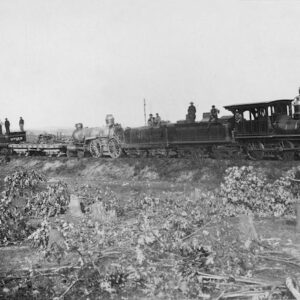
Image ID: AANP
$6.99 -
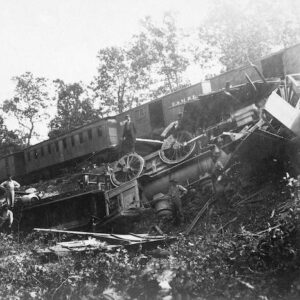
Image ID: AAPT
$4.99 -
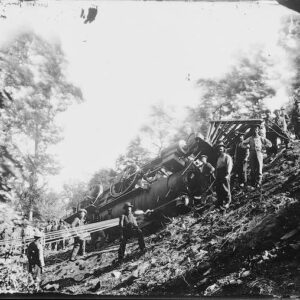
Image ID: AAPU
$4.99 -
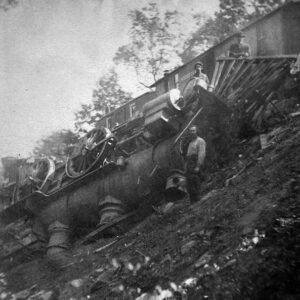
Image ID: AATQ
$0.99 -
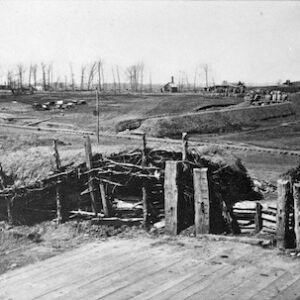
Image ID: ABGJ
$3.99 -
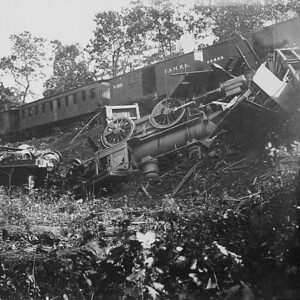
Image ID: ABTY
$0.99 -
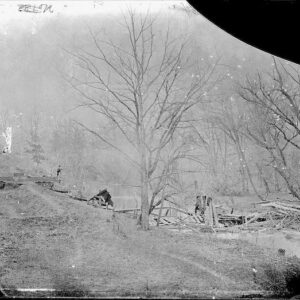
Image ID: ACNJ
$4.99 – $6.99 -
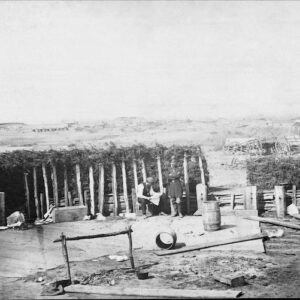
Image ID: AMCG
$1.99 -
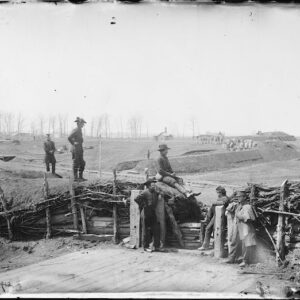
Image ID: AMCH
$6.99 -
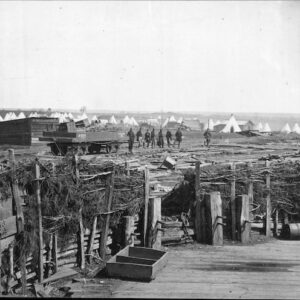
Image ID: AMCI
$1.99 -
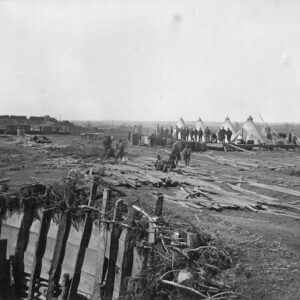
Image ID: AMCJ
$1.99 -
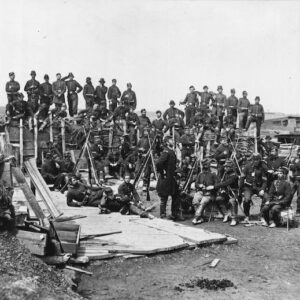
Image ID: AMCK
$1.99 -
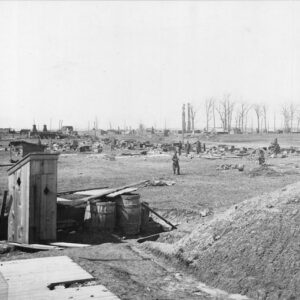
Image ID: AMCL
$1.99 -
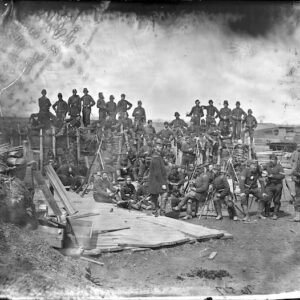
Image ID: APWN
$6.99 -
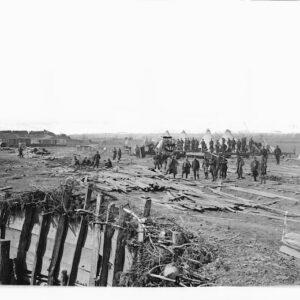
Image ID: AQMC
$6.99 -
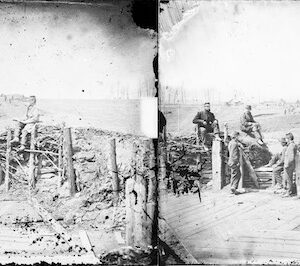
Image ID: ARMQ
$5.99